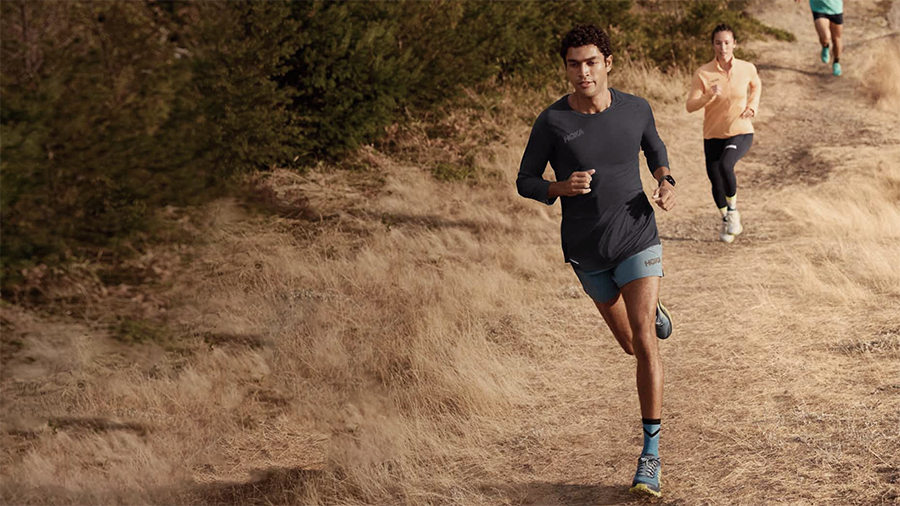In a letter to the running specialty industry published in its recent newsletter to members, Running Industry Association (RIA) Executive Director Terry Schalow shed light on trends in the channel and prospects for 2023.
Schalow’s message included data from UQ, the association’s data partner, which analyzes weekly stats from reporting retailers.
In a recent interview with SGB Media, Schalow shared that the running specialty channel has embraced various tools to manage the business, which have helped it outpace the broader active lifestyle market in the last few years.
“The ‘back-room’ tools that have come into wide use have been instrumental in the channel’s growth, and the Running Industry Association will continue to support that trend with initiatives that provide data-driven business connections between brands and retailers,” Schalow said.
“After years of low-single-digit growth, 25 percent to 30 percent increases in 2021 were standard among retailers and, for brands, a mere 20 percent growth in many cases resulted in a loss of market share, Schalow wrote to the market. “Fast forward to January 1, 2023, and the channel once again enjoyed a record year of growth. The giant growth rate wasn’t reprised, but a very sustainable mid- to high-single-digit growth rate surpassed even the staggering numbers from the prior year.”
Based on UQ data, the annual market size of the running specialty market was $1.3 billion in 2022, comprised of nearly 1,100 doors. A breakdown of store ownership showed that 72 percent of retailers managed one retail location, with only four of the 560 retailers who participated having nine or more doors.
Based on UQ data, Brooks and Hoka represented half the sales at running specialty.
“It’s been a year since we started creating UQ Datapoints to explore the running industry, and we’re excited to share our findings with you,” Schalow said in his note. “The UQ Datapoints Flipbook is the perfect tool to stay on top of industry trends while also offering some inspiration on where to focus your efforts in 2023.”
A data point of note analyzed inventory at retail, a conversation at the TRE Show and conference in early December. The legacy running brands—Brooks, New Balance, Saucony, Asics, and Nike—represented a higher percentage of the overall inventory as a group and individually than they represented in sales; this could mean an over-inventory position for those brands.
Conversely, the younger brands represented by Hoka, On and Oofos saw sales percentages outpace inventory.
According to published data, Brooks had, once again, the top-selling running shoe in the specialty market in 2022. The brand had three Top 5 spots, while Hoka had the other two. Brooks had five of the Top 10 styles in 2022.
“As we look toward 2023, the outlook continues to be bright,” Schalow concluded. “Running stores and the brands that support them continue to redefine who the running customer is and what inspires them. And how we connect with customers will be supported by elevated access to data.”
For more information on the UQ Datapoints report, contact RIA or UQ.
Photo courtesy Hoka
















